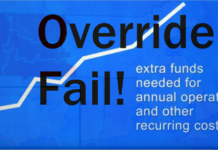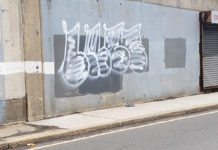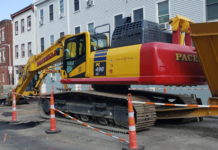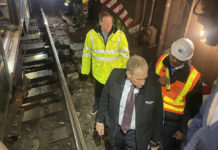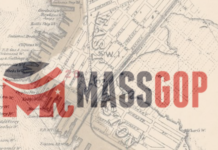by FRANK CONTE
Who will win the Tuesday, December 14, 2021 Democratic Primary for State Senator that will determine the successor to former Senator Joseph Boncore?
That’s a very big question. The only sure thing is that the Democrat who wins this month will be the next Senator. That’s because Republicans have once again have failed to field a candidate in this historically heavily Democratic district.
The much-sought-after answer of course depends of a number of variables, which makes any attempt at punditry almost futile. As Yogi Berra said, “It’s tough to make predictions, especially about the future.”
Yet pre-election predictions provide a framework upon which to base concise post-election analyses. And few have been provided thus far. Past voter turnout is a sufficient indicator on how well a successful candidate might perform.
Voter enthusiasm is key, particularly as history suggests that off-season, special elections draw few voters. The last special election for the seat, which took place in April 2016, drew only 15 percent. Getting more than that for next week’s contest will not be easy. Spring beats winter; April beats December. Weather always plays a factor.
Will Boston District 1 Boston city councilor Lydia Edwards, who ran for the seat five years ago, benefit from her experience, her abundant endorsements, and the growing voter base in her backyard? Or, will Revere school committee member Anthony D’Ambrosio, with his own set of local endorsements, an impressive resume and media savvy, be able to tap the expected intensity of Revere’s turnout?
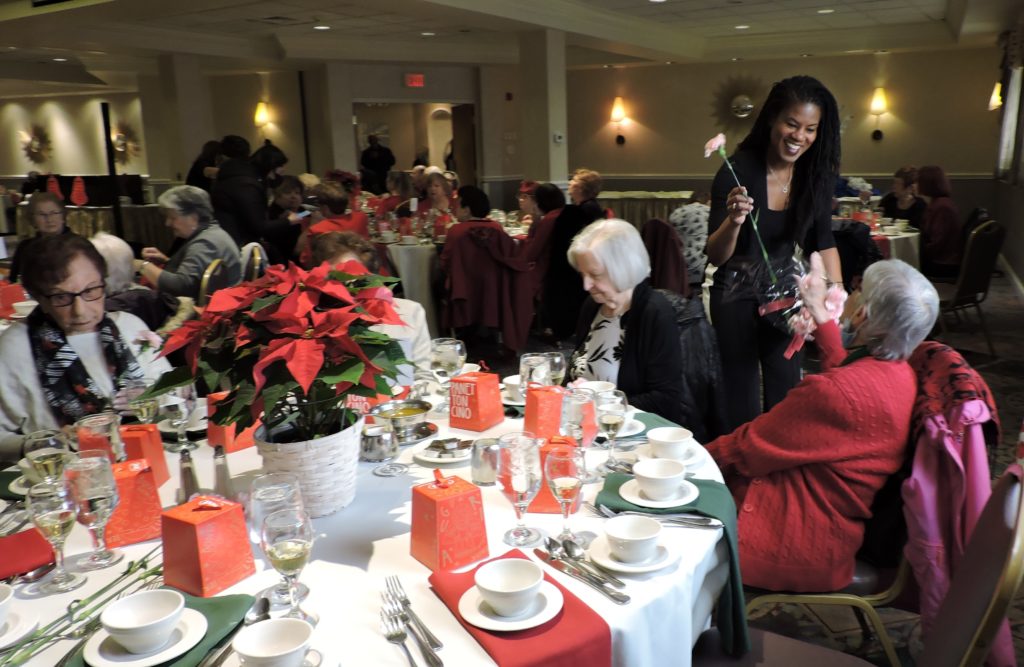
In terms of raw numbers, Revere’s electorate is mostly unchanged from 2016, unlike Boston. However, in the last special election, which included Revere’s Dan Rizzo, the former mayor and a Revere city councilor, Steve Morabito, comprised 21 percent of the turnout. If Rizzo were the only Revere candidate he mostly likely be Senator today. (See Table 1)
Voter participation in Winthrop, Joe Boncore’s hometown, reached almost 30 percent. It’s clear that Winthrop galvanized around its favorite son who was able to register formidable second and third place finishes around the district in 2016. Will Revere do the same for D’Ambrosio? That too depends on turnout. The size of the Revere electorate has not changed significantly over the past five years (See Table 2). Assuming turnout is similar to 2016, D’Ambrosio must carry Winthrop to win and do well enough in East Boston and the North End.

It’s also clear that for all the talk about civic engagement, mostly liberal voters in downtown Boston and Cambridge fail to show up in such local elections in any significant number to make a difference. That has to change, perhaps for both candidates. Political observers are keen to see if voters there turn out in higher numbers in this senate contest. Working in Edwards favor is the growth in voters in the non-East Boston city wards.
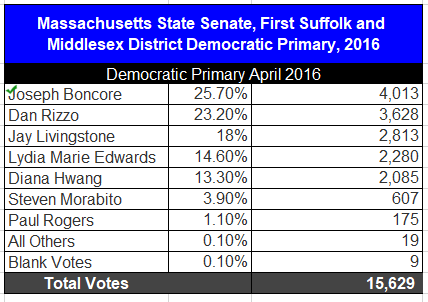
For years the Suffolk and Middlesex District seat was considered an “East Boston seat.” Will Eastie snatch the seat back? Despite all the attention given to high-profile endorsements, seats in the Massachusetts Senate are based on territorial considerations, particularly if there isn’t a wide gulf between the candidates on the issues.
Boncore’s election in 2016 demonstrated that Winthrop voters capitalized on having one hometown candidate (to complement the power vested in then-Speaker Robert DeLeo, a seasoned pol who delivered for the district). The strategy worked. Boncore captured more than 1,100 votes in Winthrop than all the other six candidates combined.
Revere has not had a senator for some time. The most recent in memory was Sen. Fran Doris and he represented only part of the district. Today, the entire city of Revere is in the Suffolk and Middlesex district. And the urge for a Revere candidate remains compelling.
That impulse in Revere is up against what can best be called “New 21st Century Boston.” The district is remarkably different than when Michael LoPresti and Robert Travaglini took their seats in the Senate. It is less working class and comprised more of “symbolic analysts” who work in academia, the non-profit sector, Big Pharma and Big Tech. They are also the force that are displacing working class voters. The symbolic analysts focus on issues that are different and more cultural and social than the bread-and-butter issues (such as affordable housing) that dominate old East Boston and Revere. The downtown Boston voter profile is also shared by Cambridge where seven precincts are included.
In 2016, East Boston voter rolls included 16,565 eligible voters (that includes only Independents and Democrats, the voters who are allowed to cast ballots in partisan primaries like next week’s special election). In 2021, that base expanded by roughly 5,000 to 21,539 voters. The increase matches the growth in East Boston’s population over the last decade driven by mostly high-end housing along the waterfront and immigrants. The new numbers suggest that this growth clearly favors Edwards if she can turn out the newer waterfront voters (presumably progressive) along with traditional East Boston Democrats. She particularly has to improve (and hold) the Orient Heights precincts which often vote slightly different than the lower numbered precincts.
Edwards has run in several elections including her successful 2017 council bid in which she defeated the North End’s Steven Passacantilli, a descendent of the Langone family long active in City Hall politics. She clearly has made inroads since her fourth-place finish in the 2016 Special Democratic Primary and is the establishment favorite.
In 2016, she carried her home ward which included another local resident and candidate, Diana Hwang by topping the ticket with 782 votes. Like Revere, had there been one major East Boston candidate in 2016, the seat would have remained in Ward 1-Boston.
It’s also worth highlighting that voter registration has increased in the non-East Boston, Boston wards like the downtown precincts. But those non-East Boston city wards have poor turnout records and Edwards needs them to overcome her Revere disadvantage. Endorsements from state representatives in her city council district and her relationship with Mayor Michelle Wu should help.
While D’Amborsio’s hometown voter base has not grown, Revere proves that it can turn out a substantial vote. D’Amborsio’s campaign is well-organized and the candidate clearly works hard. Another question also rises: Will Winthrop, a key battleground, turn out like it did for Boncore in 2016? That’s unlikely, but who wins Winthrop sets a path to his or her victory.
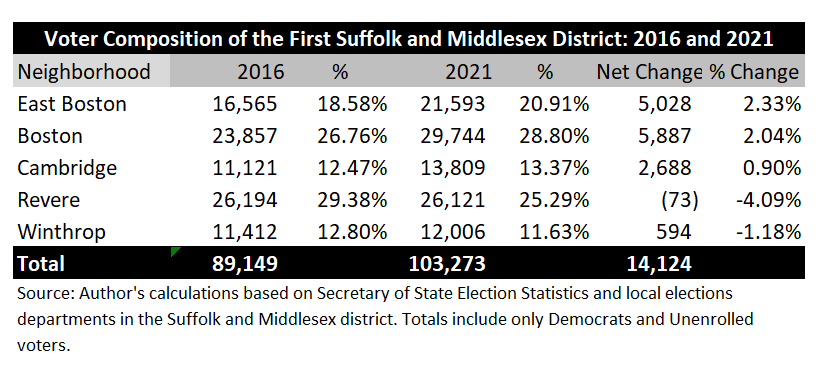
Frank Conte is the editor and publisher of EastBoston.com, the neighborhood’s first website for news aggregation and original content, established in 1995.

Update: This article was slightly revised for readability on Sat. 12/11/2021.
Related content:
Here on EastBoston.com: Freedberg on the Senate race


